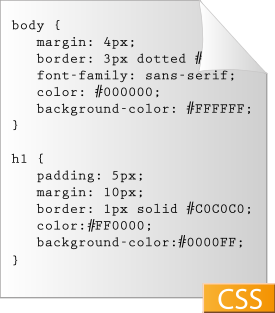 Image by FJ!! via Flickr
Image by FJ!! via Flickr
My memories are of sitting in a dark room of computer terminals in the University, closed for the winter break and thus without heating, seeing my own breath as I was trying to get my social fix (Usenet, at the time), typing with gloves on. I carried a map in my backpack because after two years I was still getting lost, and my Walkman kept eating my tapes I was tired of anyway, and lord knows if meeting up for dinner with a friend would actually happen.
Yeah, things are a little different now. My phone shows me where I am (if I want to spend the money on foreign data roaming), the texts keep me abreast of where everyone is, I have so much music with me on my iPod Touch I do not know what to play, there's always a little game to play, and the moment I walk into an open WiFi range (like the Stadsschouburg on Leidseplein) I catch up with Tweets, Status updates, and blogs. I barely used the laptop at all, actually, the little black slab took care of most casual communications. And yes, I actually like this situation much, much better. It is not just me: over Christmas my 15 year old nephews realized there really was a time people had to make do without their "GSMs", and it consisted mostly of expensive dumb beepers, difficult key combinations to forward your land-line phone to another land-line phone, and calling often to let people know where you are only to get answering machines. They were unable to wrap their heads around it.
I was struck during my stay by one technology music experience that had stayed the same: the simplest way to have a continuous consistent stream of music following you from room to room to car to workplace is still radio. Sure, radio itself has changed, with digital broadcasts and more functions and clearer stations and almost every radio being made now having presets. But the basic model is still the same as it ever was: tune the radio, get the broadcast on that specific frequency. It works the same on every radio the user will encounter anywhere, guaranteeing a seamless experience: walk into the room, tune, hear the sound stream where you left off.
Sure there are multi-room audio systems available, like Sonos, ready to stream your library into every room you have wired up with it. I have used it, it is fun, it works great, and when you walk out of the door of your house it is gone. Unless you use the other alternative, using your digital player with headphones, but even that will not pick up where the Sonos player left off when you close the front door, the same way radio does when you switch it off in the kitchen and switch the radio on to the same station in the car, to then continue to listen in the gym.
You still can't just make your own audio stream transfer seamlessly from your pocket to your stereo system to your car to someone else's stereo system even if they give you permission. Broadcast radio still does that best. Same goes actually for almost all data streams coming to us; I can't simply redirect the mobile phone call I am getting to come from my computer or the desk conference system so I can get a better hands-free experience, I can't switch the call to use the car's sound-system when I am in someone else's car so everyone can listen in. There are experiments and early systems to do it with video streams, but it mainly involves looking at the content of your Digital Video Recorder at home over the net.
It's already considered a major breakthrough when you can see the contents of one computer on another computer or TV in your own home on your own network, and it is still too complicated to set up. I think this is where I want the future to go: anywhere I go I want to be able to switch something on, make a simple gesture like tuning to a station or hitting a preset, and get whatever data stream I was experiencing on the ambient equipment. Or maybe even have that be automatic in my own home: take the headphones off when I walk in and have the stereo take over exactly where I left off.
Since what I wish for often does end up being made (a place to upload my pictures from my phone, a website to share videos, a platform to distribute writing) I am putting this out there: what I want from the future is to be able to carry any datastream with me and be able to flick it to other devices, better suited to the current location, to pick up where I left off, seamlessly. I know there have been trials and tests -- one of the more interesting ones being a system developed in the early 2000s by an MIT spin-off that let you read an article on a mobile phone and then insert it into your car so the car radio would start reading it to you from the page you were on -- but it needs to be more pervasive. I want the future that doesn't require juggling of gizmos and devices, and I want it soon.































